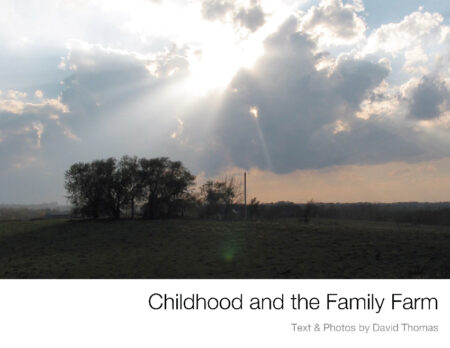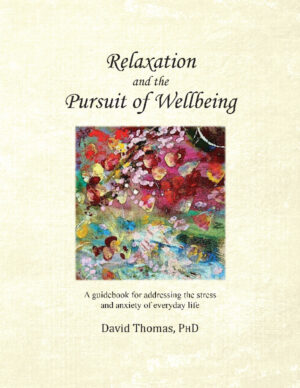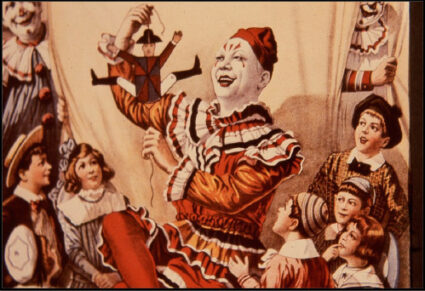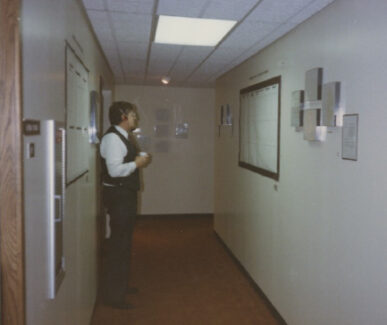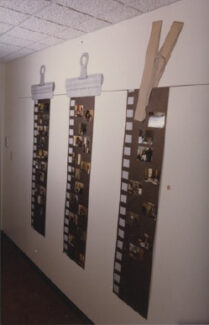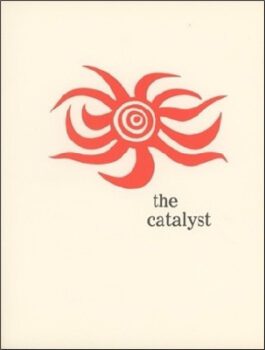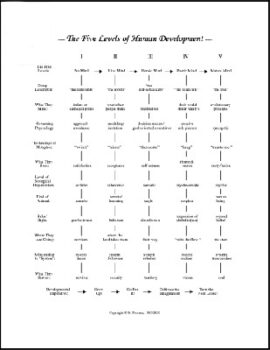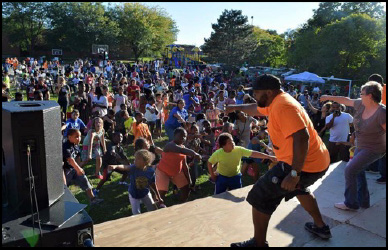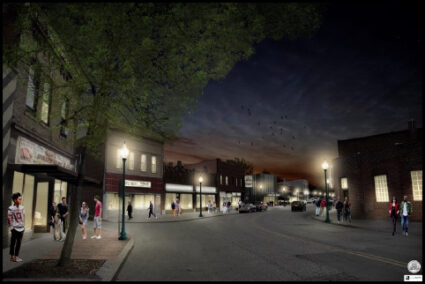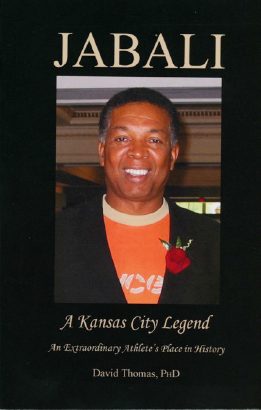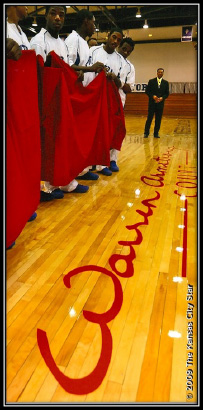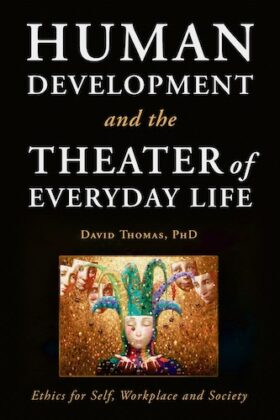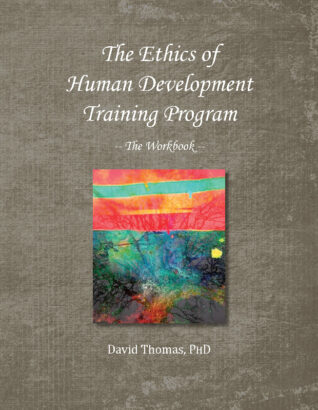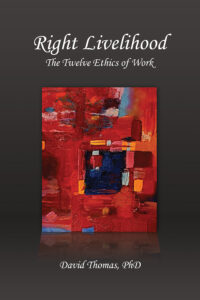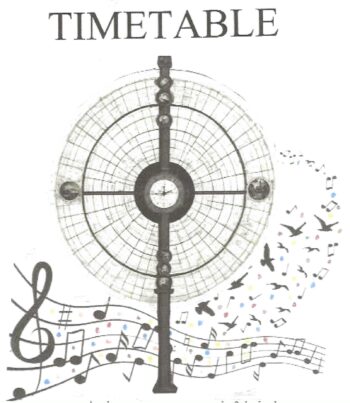Bio / Education / Work History
Brief Bio
David Thomas, PhD, is the author of The Ethics of Human Development Training Program as well as a number of books. Over the course of his career, he has worked as a trainer, facilitator, community developer and city planner. His primary interest is on the journey of the individual through the ups and downs of everyday life, and on the factors and disciplines (art, science, philosophy, ethics) that aid the individual in that journey.
Extended Bio
1947 – 1965: I was born in Kansas City, Missouri; grew up at 56th Street and Swope Parkway; went to Mark Twain Elementary and then, Southeast High School where I was (in my own mind) a basketball player.
Through the age of twelve, I spent my summers and weekends at my Grandparents farm… fortunate, I have always believed, to have had both the city and the country in my early life.
1966 – 1974: After high school, I lived at home, attended Metropolitan Junior College, and then, the University of Missouri at Kansas City where I graduated with a degree in psychology.
Throughout college I worked part-time and then, full time during the summers as a lifeguard and later as the pool manager at the Red Bridge YMCA Swimming Pool (1965 – 1969). The summers were more fun than I can recount.
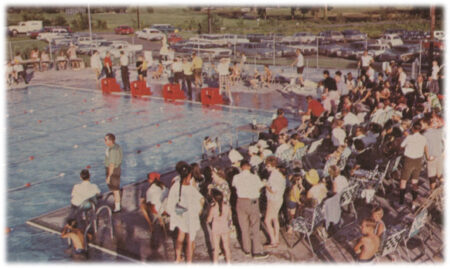
In 1969, I started Kansas City’s Chapter of Zero Population Growth. I had seen Paul Ehrlich, author of The Population Bomb, on Johnny Carson’s “Tonight Show” and like so many, jumped to the cause.
In mid-1969, I entered Vista, requesting an urban placement in the east. I was sent to Pueblo, Colorado. There I worked for MASA, the Mexican American Service Agency, a newly formed all-Chicano organization focused on increasing minority involvement in all facets of community life. My Vista placement was, effectively, a graduate internship in community development. (See GALLERY: COMMUNITY ORGANIZER EXHIBIT.)
After thirteen months in Vista, I went to the University of Colorado Medical Center in Denver where I worked for Thomas Budzynski and Johann Stoyva. Both Tom and Johann were pioneers in the field of biofeedback and it was in their laboratory that some of the early and now classic work with biofeedback and stress-related disease was done, in particular the work with tension headache and sleep-onset insomnia.
While in Denver, I created “The Tuesday Night Class” through the Denver Free University. That class met once a week for nearly a year. I had guest speakers on a wide range of topics and for the final class Ram Dass (Richard Alpert) spoke to an audience of over three hundred and fifty.
———————
1974 – 1979: In 1974, I enrolled in Union Graduate School. It was under the auspices of Union that I went to the University of Kansas to study in its Human Development Department. At the time, the Human Development Department was among the top applied behavior analysis departments in the country and I was fortunate that L. Keith Miller, primarily, but also Montrose Wolf and other faculty were willing to accept me as a student.
My dissertation, completed in 1978, is self-published and available through area booksellers.
Union Graduate School was unique in that it allowed students to form their own committee with whom they then designed their graduate program. My committee consisted of individuals from several disciplines and three universities.
Five days prior to my dissertation defense, I realized that I did not know what I had been studying for five years! I knew what I had written, of course, and I knew my subject matter (my dissertation combined my biofeedback experience with what I had learned at KU). But, overall, what had I been studying?
It occurred to me as I walked across campus: FOR FIVE YEARS I HAVE BEEN STUDYING THE CIRCUS!!!
Over the course of the next four days, I withdrew from the library every book I could find on the circus. I took slides of tightrope walkers, lion tamers and clowns and at my dissertation defense made the following presentation to those assembled (click on image).
After my presentation, the chair of my committee suggested the following: “I propose we dispense with the practice of having the candidate leave the room while we discuss the merits of his work and instead, that we sign the authorization document as it circulates the table and get on with what promises to be a fascinating and enjoyable discussion.”
I was surprised and grateful for such a kind and unexpected suggestion.
———————
I secured my first job following the receipt of my PhD within weeks. I worked on the crew that helped Christo wrap the walkways in Kansas City’s Loose Park in gold-colored fabric.
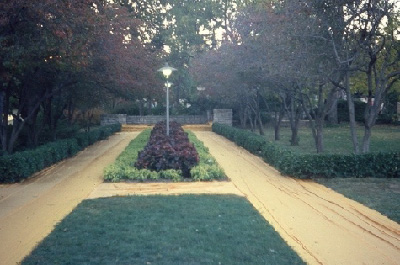
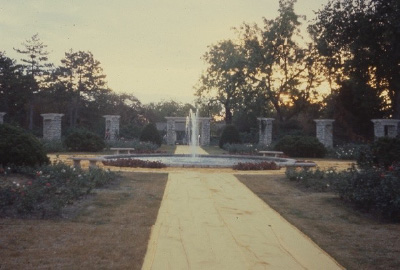

1979 – 1986: I took a job at Boys Town in Omaha, Nebraska: Director of Program Evaluation. I oversaw a staff of eight to ten people charged with the task of generating the reports that would allow administrators to assess the effectiveness of the Boys Town Treatment Program.
While there, in addition to my administrative duties, I created a workplace tour available to all staff, from maintenance staff to front line workers to organizational directors. The tour explained the feedback and evaluation reports known only to those who used them and yet, were integral to understanding and evolving the treatment program.
———————
1986 – 1992: I resigned my position at Boys Town after seven years in order to pursue other interests. By that time, I had self-published a book entitled, the catalyst; created my “Five Levels” system; combined the two into a gallery installation; created a form of counseling called Historification Therapy; and piloted a workshop on imagination and creativity.

For my approach to the imagination, go to GALLERY: RACER/INVENTOR EXHIBIT.
My hope was to market my workshop to organizations interested in the relationship of creativity to human development and for seven years I attempted to do so. I made scores of presentations and on occasion took brief periods of supplemental employment. Ultimately, however, I was unable to make my ends meet.
It was during this time that I wrote an interpretation of the Dance of the Seven Veils. It was performed by the Mary Waugh Taylor Dance Company in Omaha, Nebraska and later, as 7 Veiled Illusions – The Return at the 4th Mid North Coast Belly Dance Festival in Taree, Australia.
———————
As indicated above, the effort to make a living with my workshop was not successful. At that point, two developments:
First, I was having lunch with a friend discussing my inability to succeed with my workshop. “I don’t understand it,” I said. “Maybe I’m not going enough to the heart of things.” His reply: “I think it is ethics that goes most to the heart of things.”
I went home that day and began typing. In a month, I had created an ethics training program (now called The Ethics of Human Development Training Program). Over the course of the next twenty years, I took over five thousand individuals through the full-day training program. However, at the time (1992), simply having a training program on paper did nothing to resolve my financial situation. So, second…
1992 – 2018: Another friend mentioned that an entry level position had opened in the Omaha City Planning Department. I applied, was hired, and retired twenty-two years later as an assistant planning director. The Planning Department experience was an education and a joy. I’m particularly proud of the following:
—I was the principal architect of the Omaha Area Continuum of Care for the Homeless, an integrated and comprehensive approach to providing housing and services to homeless individuals and families. In 1998, the Department of Housing and Urban Development recognized this project with the John J. Gunther Blue Ribbon Best Practices Award in Housing and Community Development. In 2001, the project was named a semi-finalist for the “Innovations in American Government” award sponsored by the John F. Kennedy School of Government at Harvard University.
—In 2014, I created and implemented the City’s first holistic neighborhood revitalization initiative. Focusing on a single neighborhood (fifty square blocks in North Omaha), the initiative involved the efforts of over thirty organizations working in collaboration with neighborhood leadership. The focus of the initiative was on the delivery of new affordable housing, housing rehabilitation, lead-safe housing, and services ranging from an in-depth analysis of neighborhood history to “common sense parenting”. This initiative received the Metropolitan Area Planning Agency’s (MAPA) Regional Service Award in 2016. Also in 2016, the National Association of Housing and Redevelopment Officials (NAHRO) awarded this initiative its National Award of Excellence, one of only twenty projects so honored nationwide.
—In 2016, the second holistic neighborhood revitalization initiative was undertaken (this time in a South Omaha neighborhood). This neighborhood had a business district and so, in addition to housing rehabilitation, lead-safe housing, etc., attention was given to enhancing the appeal of the business district. Because of our success in the previous neighborhood, an area foundation awarded a grant to the city to further business district efforts ($10,000 each to ten different businesses for structural and/or façade improvements). In addition, given that there were several galleries along the street, streetlights were installed in order to increase the nighttime appeal of the area.
—In 2018, the Nebraska Investment Finance Authority inducted me into the Nebraska Housing Hall of Fame for, as they put it, “outstanding community enrichment efforts.” (I must quickly offer the following: None of the above would have been possible without the leadership, support and involvement of Mike Saklar, James Thele, Robert Peters and the staff of the Housing and Community Development Division. The above projects were the result of a team effort.)
———————
Toward the end of my time with City Planning I was able on my own time to complete three projects important to me. First, I spearheaded the effort in Kansas City, Missouri to have the Interscholastic League Field House Court named in honor of Warren Armstrong Jabali.
Warren Jabali was the greatest basketball player to come from the Kansas City area. In addition, he was a remarkable person, completely dedicated, as he put it, to “the standing of African-American people in the human community.” (For more on Warren, go here.)
To have Warren’s name on the court where to this day Kansas City’s inner-city high school games are played is an achievement of which I am very proud. (In 2019, I published a book about Warren, his career, his journey as a person, the projects we did together, etc. It is entitled: Jabali: A Kansas City Legend.)
Second, I was able to complete the draft of the first book that spelled out the Ethics of Human Development Training Program. Entitled Human Development and the Theater of Everyday Life, it was published not long after I retired from City Planning.
Lastly, I was able to complete a series of three posters. The first two summarized my work to date and the third offered a strategy for furthering community development.
2018 – In 2018, I retired from City Planning. Retirement gave me the opportunity to focus entirely on what I have always called “my work”.
For example, I packaged into several books The Ethics of Human Development Training Program. My hope is that others, using the books or with consultation, will be able to implement the program in their organizations.
In addition, retirement allowed me to finalize several of the books already mentioned: Childhood and the Family Farm; Jabali: A Kansas City Legend; Relaxation and the Pursuit of Wellbeing.
This website also awaited retirement. A place to promote my books, share projects I hope others will find interesting, and offer a gallery of individuals whose creative efforts have inspired me over the years.
———————
2022 – 2024: Currently, I’m hoping to find ways to share the ethics program with individuals and organizations that see value in it. (For details on this program, see THE ETHICS OF HUMAN DEVELOPMENT and THE ETHICS OF HUMAN DEVELOPMENT TRAINING PROGRAM.)
For a change of pace, I’ve recently created a collage I’ve long had in mind. The collage is 7’ by 3 ½’. The text—unreadable in the image below—lists key scientific discoveries, inventions, and accomplishments by year, 1900 to 2000.
My sources for those discoveries are Buckminster Fuller’s Critical Path and Chat GBT. For the listing of year-by-year discoveries/developments, go here.
I’m also at work on a play that incorporates the music of my friend, Jeffery Edelman (see GALLERY: COMPOSER, SINGER, ACTOR EXHIBIT). That play, entitled Timetable, is fully drafted (see TIMETABLE.). It awaits the further development and shaping that can result from dialogue with theater professionals. To that end, staged readings are scheduled for July of this year (’24).
———————
David Thomas, PhD

